Google e-e-a-t plays a key role in SEO by influencing quality assessment signals that affect search rankings. Legiit supports businesses by improving these factors, helping sites to gain higher visibility through trusted content and user experience.
Deconstructing E-E-A-T: Experience, Expertise, Authoritativeness, and Trustworthiness
Google uses the E-E-A-T framework to check how good a website’s content is. It looks at Experience, Expertise, Authoritativeness, and Trustworthiness. Knowing these four parts helps you make your site better for SEO and rank higher in search results.
What is E-E-A-T? A Deep Dive into the Four Pillars
E-E-A-T stands for the signals Google checks to judge content quality. The E-E-A-T score shows how well a page meets standards like value and trust. Google uses this to decide if a page is useful or not.
Here’s what each pillar means:
- Experience: Is the content based on real-life knowledge or firsthand involvement?
- Expertise: Was it made by someone with skills or proper credentials?
- Authoritativeness: Does the site have a strong reputation in its field?
- Trustworthiness: Can users rely on the info and feel safe using the site?
These factors affect Google’s content quality assessment and overall rankings. Sites that follow E-E-A-T guidelines usually get better visibility because they match Google’s idea of helpful content.
Experience: Building Trust Through User Experience and Content Quality
Experience means showing real understanding through your writing and how users react to it. Google likes pages where authors share personal knowledge or direct insights.
Important points:
- Proof of first-hand experience on the topic.
- Good writing that really helps readers.
- Strong user engagement metrics, like long visits or fewer bounces.
- Keeping info fresh by updating it often (content freshness).
Updating old articles tells Google you care about keeping facts right. For example, adding recent examples makes your experience look stronger and more useful.
Expertise: Demonstrating Knowledge and Accuracy in Your Content
Expertise means proving your info comes from smart, trained people. Readers want to know you’re not just guessing.
To show expertise well:
- List author credentials clearly (like degrees or certificates).
- Use expert authors whenever possible; guest posts from pros help.
- Give detailed facts backed by studies or accepted rules.
For example, health sites with licensed doctors as writers meet Google’s expertise rules. Using correct terms but simple language also builds trust without confusing people.
Authoritativeness: Establishing Your Website as a Leading Resource
Authoritativeness shows how well known your site is in its area. This comes from good backlinks and mentions from trusted sources.
Key factors:
| Factor | Description |
| Site Authority | Domain strength seen through backlinks |
| Domain Reputation | How much peers and users respect your site |
|
Authoritative Citations
| Links from respected sites |
| Brand Integrity |
Consistent brand message & positive reviews
|
You build authority by earning mentions from reliable places and keeping your brand steady online. Strong social proof can boost your rankings over time.
Trustworthiness: Building Credibility and Transparency
Trustworthiness makes visitors feel safe using your website whether reading info or sharing details.
Main parts include:
- Visible contact info like phone numbers, emails, and addresses help show transparency.
- Good customer support builds trust after purchases.
- Secure protocols such as HTTPS protect user data.
- Clear privacy policies explain how data is handled.
Sites missing trust signs might lose visitors who worry about safety even if other parts are strong.
If you focus on google e-e-a-t experience expertise authoritativeness trustworthiness you set a solid base for better SEO results that fit with how Google ranks content today.
Impact of E-E-A-T on SERPs: How Google Uses E-E-A-T Signals

Google uses E-E-A-T Experience, Expertise, Authoritativeness, and Trustworthiness to check how good web content is. These things work as important seo ranking factors that help decide google search rankings. They tell Google if a page or whole website is reliable and useful.
E-E-A-T looks at both document level quality and domain level quality. Document level quality checks if one page has correct and trusted info. Domain level quality checks the whole website’s reputation. These signals let Google pick good content over bad or misleading stuff.
Google changes its algorithm often to better read these google ranking signals. For example, some recent google algorithm updates focus more on trust and expertise, especially in tricky topics like health or money (YMYL). So, sites with strong E-E-A-T stand a better chance to rank high in tough fields.
By using google e-e-a-t as a core part of its process, Google makes sure people get true answers from trusted sources—not shallow or spammy content. This helps marketers see why SEO should focus on real value, not just keywords.
Here’s what matters about E-E-A-T for SEO:
- It guides google search rankings by showing trustworthiness
- Works on both single pages and entire websites
- Changes with google algorithm updates targeting quality
- Stops low-value or false info from ranking well
Google’s Quality Assessments: Understanding the Manual Review Process
Google hires people called raters who use search quality rater guidelines to rate pages by hand. This manual review process does not directly change rankings but helps Google improve its algorithms over time.
Raters look at things like:
- How much the content shows real expertise
- Whether info is complete and correct
- The site’s reputation outside of itself
- If the site is easy to use
These reviews focus on if pages follow SEO best practices that fit E-E-A-T rules. Pages without clear author info or that spread wrong facts get low scores.
For website owners, knowing about this manual review process shows why honest authorship, solid backlinks, and trustworthy info matter more than just tech tweaks.
Key points about manual reviews:
- Human raters follow detailed guidelines
- They rate page quality but don’t change ranks directly
- They check expertise, accuracy, site rep, and usability
- Helps Google adjust its ranking systems later
E-E-A-T's Influence on Organic Traffic: A Practical Perspective
E-E-A-T affects organic traffic because it builds user trust in SEO results. When people think a site is expert and honest, they interact more. That lifts user engagement metrics like click-through rate (CTR) and dwell time.
A higher CTR means titles and descriptions attract clicks by matching search needs. Longer dwell time shows visitors stay because they find good info a signal Google notices for ranking.
If E-E-A-T is weak, users might leave fast. That quick bounce tells Google people aren’t happy with the page. Over time this can hurt rankings even if clicks happen first.
In practice:
- Sites with proven expertise get visitors back again
- Clear sources make users trust content more
- Good engagement helps build domain authority
Spending effort on strong E-E-A-T helps steady organic growth by matching what users and search engines want.
To keep in mind about user signals:
- Trust raises click rates and keeps visitors longer
- Poor trust leads to bounces that lower rank chances
- Engaged users support site reputation in niche markets
Focus your SEO around real google e-e-a-t ideas like research-based content to keep your site aligned with google ranking signals while making visitors happy too.
How to Improve Your E-E-A-T Score: Practical Strategies for Success
Improving your website’s E-E-A-T score helps your pages rank better and build trust with users. Google looks at trust signals like how well your site is known, content quality, and brand honesty. You can improve these by managing your SEO reputation. That means you share true info and keep a good image online.
Start by checking your content’s quality. Make sure what you publish is real, original, and fits what people want. Use tools that catch copied or fake content to keep up with content originality detection. Show who wrote the content and how to reach them this builds user trust in SEO and shows site trustworthiness.
Also, get reputational signals like customer reviews, expert opinions, or media shout-outs. These tell Google your site is reliable. Keep your branding consistent everywhere. Google trusts sites that look solid and honest because of its Google quality signals.
Characteristics Of High-Quality Pages vs. Low-Quality Pages
| Feature |
High-Quality Page
| Low-Quality Page |
| Content Authenticity | Original research or facts with good sources |
Thin or copied stuff
|
|
Page Quality Rating
| Passes Google’s helpfulness checks |
Fails basic tests on use or relevance
|
|
Document Level Quality
| Covers topic well with detail | Shallow or short info |
|
Domain Level Quality
| Old domain with strong rep |
New or spammy domain
|
Good pages show real expertise. They give clear answers that fit what users want, not just keywords stuffed in.
Improving Site’s E-E-A-T: Actionable Steps and Best Practices
Try these steps to make your site look more trustworthy:
- Show Expertise: Add author bios that explain their skills on the topic.
- Build Authority: Link to strong sources like academic papers, gov sites, or experts.
- List Contact Info: Put phone numbers, emails, addresses, and social profiles where visitors can find them.
- Use Social Proof: Show testimonials, reviews, or case studies from real users.
- Follow Industry Rules: For medical, financial, or legal content, check facts carefully to meet standards.
- Add Trust Factors: Secure your site with HTTPS; make it load fast; be mobile-friendly; easy to use.
These moves match what Google wants from reputational signals for ranking.
SEO Keyword Research: Optimizing Content for Search Engines
Good keyword research still matters for E-E-A-T:
- Find keywords that match what people really search for using tools like SEMrush or Ahrefs.
- Use related words naturally in your text instead of repeating exact phrases.
- Look at top keywords from competitors but aim to fill the gaps they miss.
Pick phrases tied closely to user needs and answer their questions fully. This shows you know the subject well and helps people find you easier.
Link Building Guide: Strategies for Acquiring High-Quality Backlinks
Backlinks help build your site's authority a big part of E-E-A-T scores:
- Go after links from trusted sites in your field (backlink quality) rather than just many links.
- Get links from different types of sites news outlets (digital PR), schools (.edu), government (.gov), expert blogs to increase trust.
- Use authoritative citations as proof to back up facts in your content.
Keep building real relationships through guest posts and digital PR efforts. This boosts rankings and helps keep brand integrity strong under Google's updates.
E-E-A-T Updates: Staying Ahead of Algorithm Changes
Google keeps changing its algorithm to make search results better. Lately, it focuses a lot on E-E-A-T which means Experience, Expertise, Authoritativeness, and Trustworthiness. These are big parts of Google’s quality signals now.
Google looks closely at how trustworthy your content and site are. It checks your site’s reputation and the quality of info you give. That’s why you need to follow the latest search engine optimization guidelines and stick to good SEO best practices.
If you want to keep ranking well, your digital marketing strategy must change too. Make sure you create content that shows you know your stuff and follow any new content guidelines update. Keep an eye on SEO algorithm updates so your site stays visible.
Understanding the Significance of E-E-A-T Score (and Why it Doesn't Exist)
Lots of people talk about an "E-E-A-T score." But guess what? Google never made a real score like that. Instead, E-E-A-T is a set of ideas that Google uses when it checks:
- Document-level quality: How good each page is for the user.
- Domain-level quality: The overall trustworthiness of your whole website.
- Source entity evaluation: How legit the authors or organizations are.
Google looks at many clues here. Things like backlinks from trusted sites, good user reviews, expert endorsements, and clear author info help build content credibility.
So, thinking of E-E-A-T as just a number is wrong. It's more like a guide for showing real expertise and trust in your content. That helps you do better over time in search rankings.
E-E-A-T and YMYL Content: Best Practices for Your Money or Your Life Websites
YMYL means “Your Money or Your Life.” Sites with this type cover serious topics like medical advice, money stuff, or legal info. Bad info here can hurt people, so Google expects higher standards.
To meet those standards, do things like:
- Check facts carefully using trusted sources.
- Show clear trust signals, like verified online reviews.
- Put up detailed contact info, including customer support details.
- Use schema markup to show professional credentials.
- Display secure payment gateway logos if you accept payments.
These steps make your site clearer and safer for visitors. They match Google’s higher rules for YMYL pages. Doing this also helps your rankings by proving your site is reliable on important topics.
Resources and Further Learning
Related Free Video Lessons on Google E-E-A-T and SEO Best Practices
If you want to understand Google E-E-A-T better, watching free videos can help a lot. They explain how Google looks at your website’s quality using things like Experience, Expertise, Authoritativeness, and Trustworthiness.
These videos cover important topics like SEO expertise, search engine optimization guidelines, and digital marketing strategies. They also show SEO best practices that actually work.
Here’s what you’ll get from these lessons:
- How Google checks content quality with E-E-A-T.
- Ways to boost your site’s authority.
- Info on the latest changes in Google’s algorithm.
- Ideas to build a digital marketing plan that fits SEO.
You can find these lessons on YouTube or websites like Moz and SEMrush. They explain stuff simply but still give good details for anyone wanting to improve their website’s trust.
Leveraging Legiit to Enhance Your E-E-A-T and SEO
Keeping strong E-E-A-T signals means working on your reputation, links, and content regularly. Using Legiit makes this easier by linking you with experts who know what they’re doing.
Legiit helps with:
- SEO Reputation Management: Fixing bad reviews or false info fast to keep your online image clean.
- Online Reputation Management: Watching what people say about your brand on the web to keep trust up.
- Backlink Quality: Getting good backlinks from trustworthy sites that help Google see your site as reliable.
- Link Building for SEO: Running link-building projects that fit your niche and won’t cause problems.
- Content Marketing Strategy: Making solid content that shows you know your stuff and keeps readers interested.
Using these services through Legiit fits into your bigger SEO plan well. It helps build real trust with users and search engines without shady tricks.
Spending time learning from honest video lessons while also using tools like Legiit makes it easier to follow Google’s rules for good content. This combo not only pulls in more visitors but also earns lasting respect from both people and search engines.
FAQs
What is schema markup for credentials, and why does it matter?
Schema markup for credentials helps search engines understand author qualifications. It boosts credibility and can improve rankings by showing professional endorsements clearly.
How do medical, financial, and legal content standards affect SEO?
These sectors require strict fact-checking sources and clear author verification. Meeting these standards builds trust with users and aligns with Google’s higher E-E-A-T expectations.
Why should I maintain a content updates schedule?
A regular content updates schedule keeps information fresh and relevant. It signals to Google that your site is active and trustworthy.
What is the role of content audit in improving E-E-A-T?
A content audit reviews existing pages for accuracy, relevancy, and originality. This process identifies gaps to enhance topical expertise and user satisfaction.
How does content silo structure help SEO?
Content silo structure groups related topics together. This improves semantic SEO and helps search engines understand your site’s entity relationships better.
Why is user intent alignment critical in SEO?
User intent alignment ensures your content matches what users search for. It increases user engagement metrics like dwell time and reduces bounce rates.
What tools assist in content originality detection?
Tools like Copyscape or Grammarly detect duplicate content. Original content ranks higher by meeting Google’s quality signals.
How does semantic SEO improve search rankings?
Semantic SEO uses related keywords to cover topic depth fully. It supports entity-based search by showing comprehensive knowledge of subjects.
What is the importance of secure website protocols for trustworthiness?
Secure protocols like HTTPS protect user data. They build site credibility, which is a core trust signal in Google's ranking factors.
How do professional endorsements influence E-E-A-T?
Endorsements from experts or peers boost authoritativeness. They act as peer reviews that validate your content’s reliability.
Essential SEO Practices to Complement Google E-E-A-T
- Fact-Checking Sources: Always verify facts with reputable references to ensure accurate information.
- Content Originality Detection: Use software to find copied text and maintain unique content throughout your site.
- User Behavior Patterns: Monitor how visitors interact with pages to optimize for better user experience and engagement metrics.
- Ranking Algorithms Awareness: Stay updated on BERT, TF-IDF, BM25, and deep rank models shaping search results today.
- Anchor Text Relevance: Use meaningful anchor texts that relate directly to linked page topics for better link equity distribution.
- Direct URL Visits Tracking: Analyze direct visits to measure brand consistency and user loyalty effectively.
- Business Verification: Confirm business details on Google My Business or other directories to increase site credibility.
- Author Verification: Display clear author bios with credentials to prove expertise and increase trustworthiness.
- Reputation Tracking: Regularly monitor online reviews, mentions, and social proof to maintain positive brand reputation.
- Citation Practices: Link out to authoritative sources supporting your claims; this builds topical relevance and trust.
- Topical Expertise Building: Create deep coverage on niche subjects showcasing original insights and first-hand knowledge.
- Digital Marketing Expert Collaboration: Work with experts who understand evolving SEO guidelines and can guide strategy effectively.
- SEO Content Creation Focus: Produce actionable advice combined with compelling opinions in an authentic voice for better engagement.
- SEO Keyword Research Integration: Choose keywords reflecting user search intent without keyword stuffing penalties.
- SEO Link Building Strategy: Acquire backlinks from trusted sites through digital PR and guest posting to boost domain authority.
- Content Marketing SEO Alignment: Develop linkable assets that attract organic customer reviews enhancing site credibility naturally.
- Unique Insights Inclusion: Share personal encounters or expert commentary distinguishing your content from competitors’.
- Privacy Policy & Refund Policy Display: Clearly show policies to assure users about data protection and transaction safety important for ecommerce SEO.
- Content Quality Signals Monitoring: Use analytics tools to track user satisfaction, dwell time, and bounce rates as indirect ranking factors.
These practices enhance your site's alignment with Google E-E-A-T principles while addressing remaining key SEO components effectively under the English brand’s guidance.


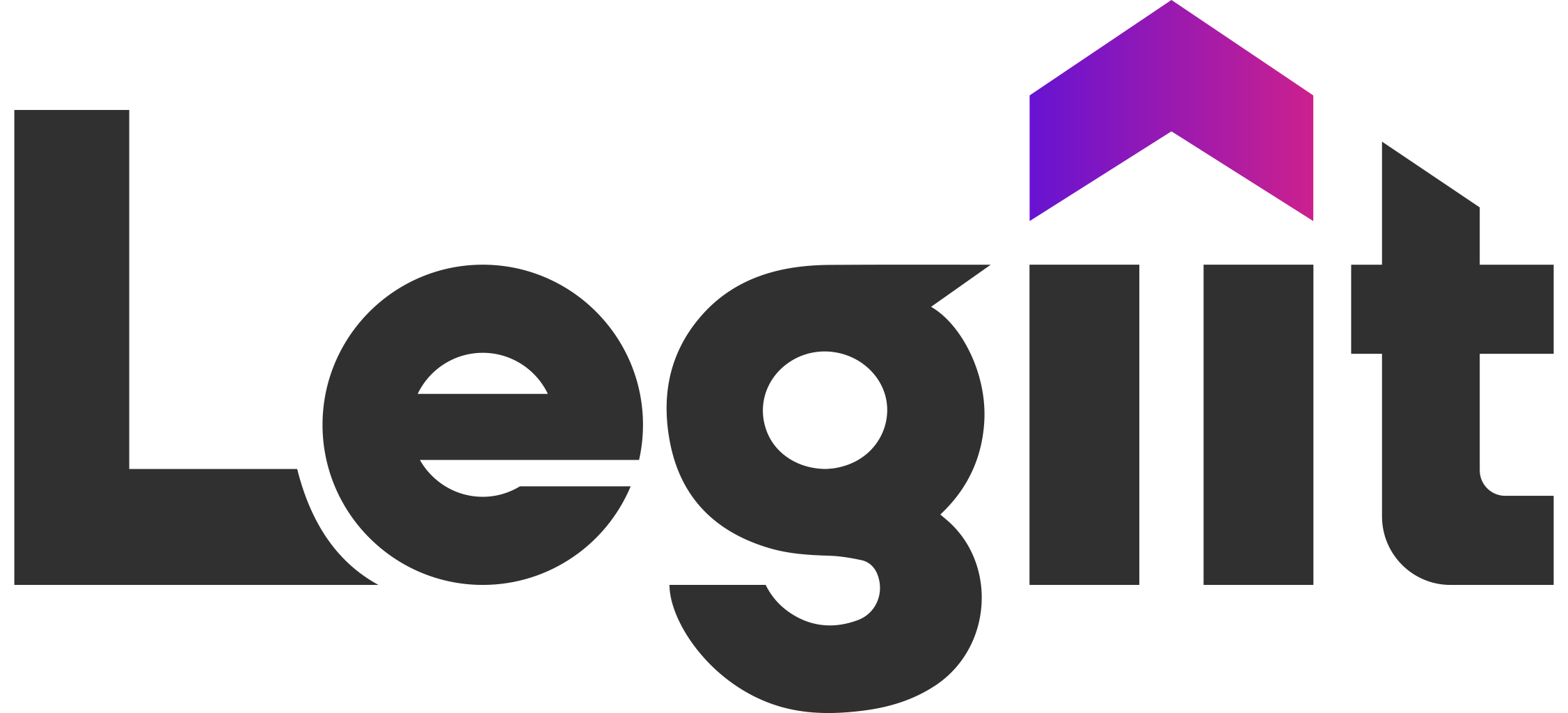
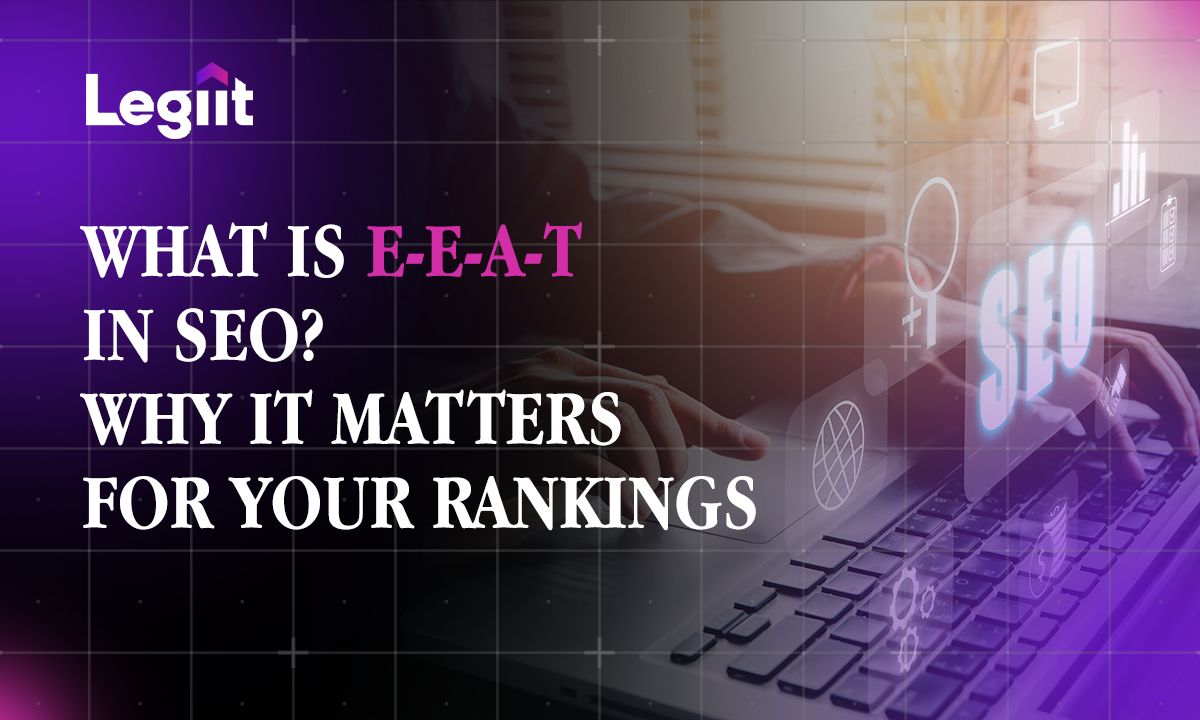
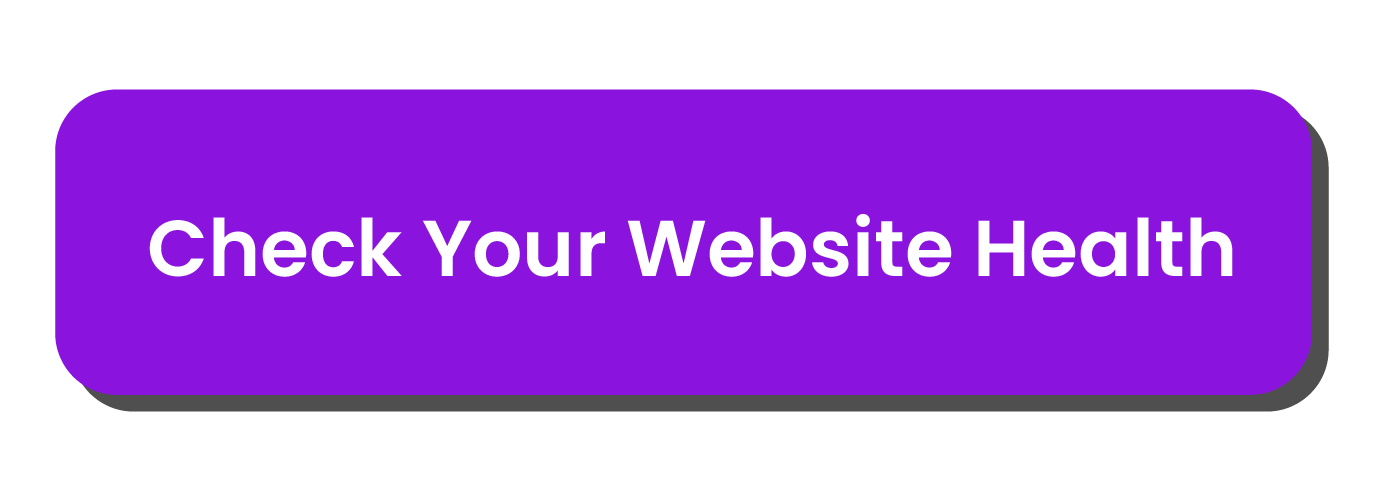






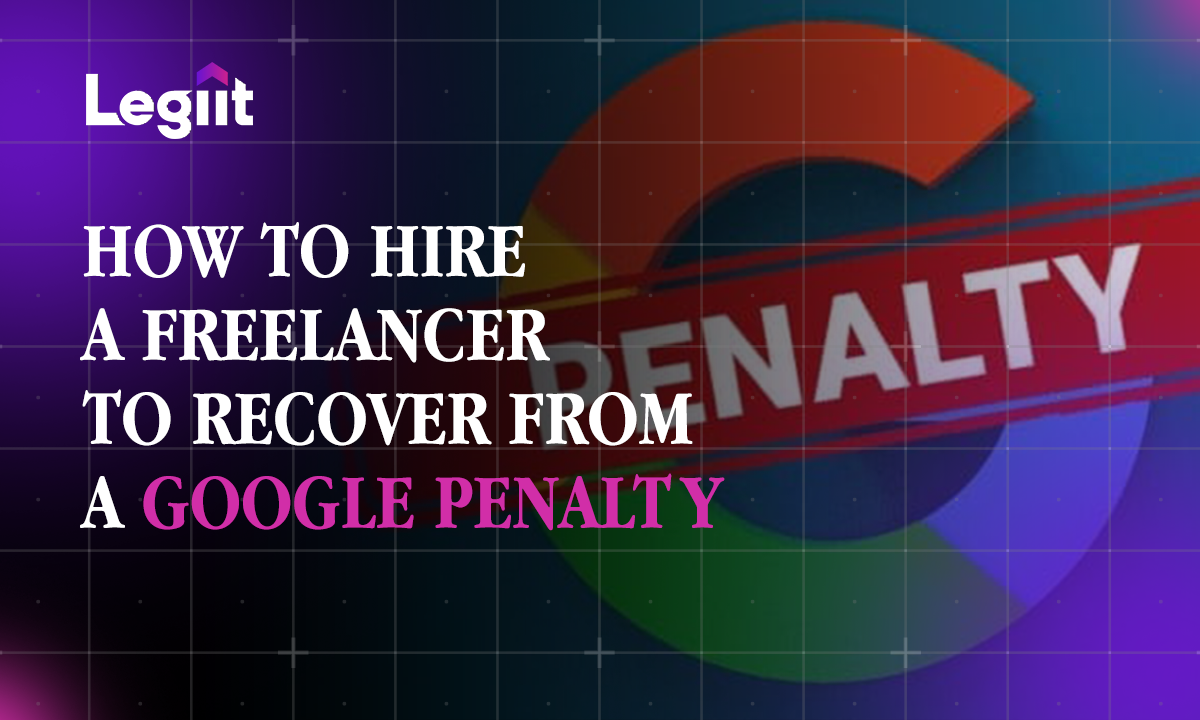
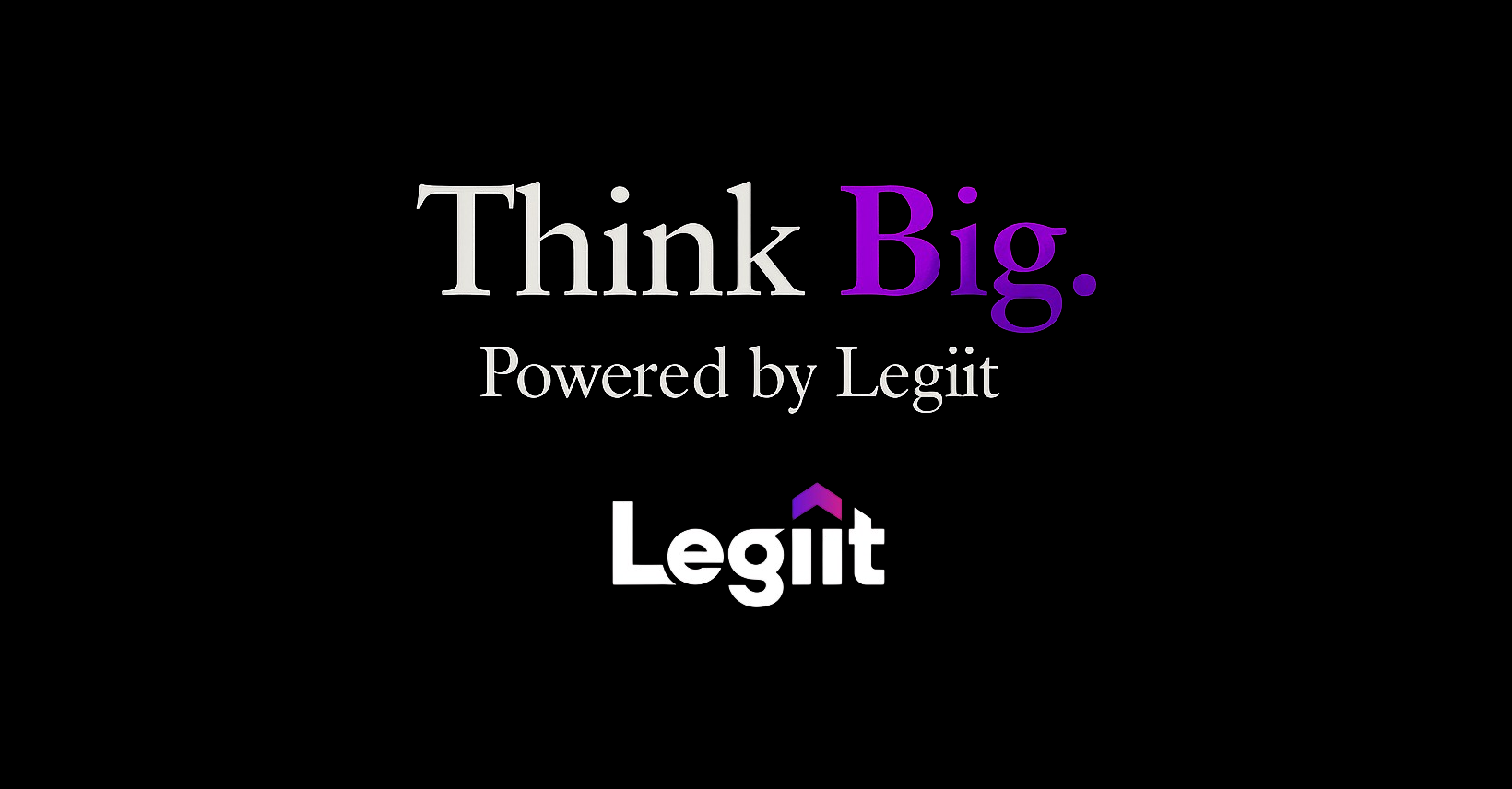
 Download
Download